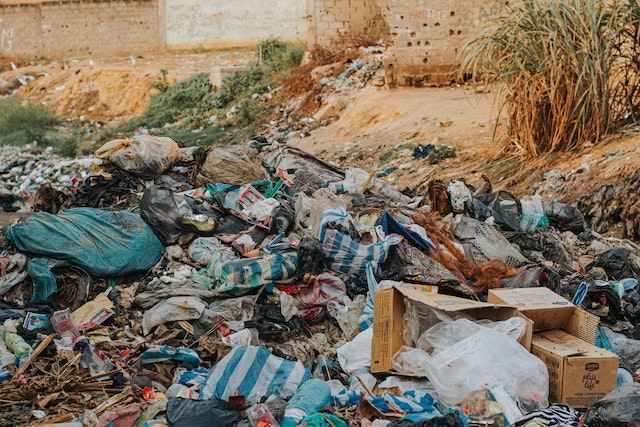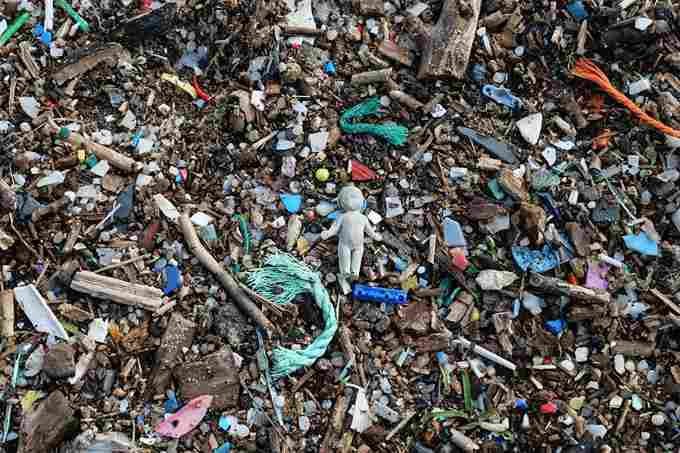The consequences of improper waste disposal are becoming increasingly evident in our world today.
From overflowing landfills to toxic chemicals leaching into soil and water, the effects of illegal dumping can be felt on a global scale. Not only does it pollute our environment and put human health at risk, but it also costs taxpayers millions of dollars each year in clean-up efforts.
In this article, we’ve teamed up with JustHire Essex to explore the impact of improper waste disposal and discuss some solutions for reducing its environmental footprint.
Table of Contents
Illegal Dumping: An Uncontrolled Epidemic
The practice of illegal dumping is a growing public health concern. In the United States alone, an estimated 13 million tons of waste are illegally dumped each year. This translates to around 33,000 pounds of trash every minute!
But it’s not just the sheer volume that makes this problem so alarming — it’s also what constitutes this waste. Common items found in improper waste disposal sites include hazardous materials such as chemicals, batteries, and medical waste.

The Environmental Impact of Illegal Dumping
From landfills to lakes and rivers, improper waste disposal has a devastating effect on our environment — both immediate and long-term. Trash can introduce toxic pollutants into soil, water sources, and airways.
It can also damage wildlife habitats and disrupt fragile ecosystems. And if left unmanaged, these compounds can continue to accumulate over time and become more widespread — creating a cycle of environmental destruction.
Creating Solutions To Reduce Waste Disposal Problems
Fortunately, there are many measures we can take to discourage illegal dumping and reduce its environmental footprint. Some cities have implemented community clean-up programs where citizens work together to pick up litter from streets and parks — an effective short-term solution for reducing visible rubbish in public areas.
Long-term solutions include implementing citywide recycling initiatives or introducing new technologies for managing solid materials safely and responsibly.
Is There a Difference Between Littering and Illegal Dumping?
Yes, there is a difference between littering and illegal dumping. Littering is the improper disposal of small items in public places such as throwing away cigarette butts or leaving discarded packaging on the ground.
Illegal dumping, on the other hand, involves disposing of large amounts of waste – usually industrial or commercial waste – onto land without permission from the legal owner.
It commonly includes hazardous materials such as oil and chemicals that can have an extremely negative effect on our environment when not disposed of properly.
Illegal dumping in open spaces like parks, waterways, forests and roadsides has become a growing problem around the world due to its serious environmental impacts. The contamination caused by these substances can lead to air pollution, water pollution (resulting in health problems) and soil contamination, as well as having an effect on wildlife.
These pollutants can be hazardous to both humans and animals when they come into contact with them, especially if they are not properly treated or disposed of.
Conclusion
It’s clear that proper disposal of waste is essential for protecting our planet from further damage caused by hazardous materials leaching into our environment from unchecked dumping sites.
By understanding the impact of illegal dumping on our environment and taking proactive steps towards reducing its prevalence in society today, we can create a cleaner world for future generations to enjoy.














